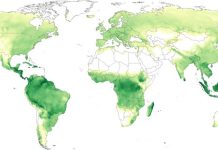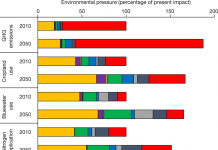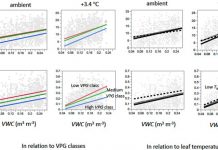已发表的、对近几十年干旱的历史变化所作的评估表明,干旱频率和受影响面积都在增加。Justin Sheffield等人发现,由于对干旱指标的不适当计算,以前的这项工作是错误的。利用一种更倚重于物理学的方法,该研究小组发现,在 1950~2008年间,干旱情况事实上几乎没有变化。
NEWS & VIEWS: Sonia I. Seneviratne. Climate science: Historical drought trends revisited. Nature 2012 491: 338–339 doi:10.1038-491338a.
A new assessment of drought trends over the past 60 years finds little evidence of an expansion of the area affected by droughts contradicting several previous estimates.
LETTER: Justin Sheffield Eric F. Wood & Michael L. Roderick. Little change in global drought over the past 60 years. Nature 2012 491: 435–438 doi:10.1038-nature11575.
Abstract
Drought is expected to increase in frequency and severity in the future as a result of climate change mainly as a consequence of decreases in regional precipitation but also because of increasing evaporation driven by global warming1 2 3. Previous assessments of historic changes in drought over the late twentieth and early twenty-first centuries indicate that this may already be happening globally. In particular calculations of the Palmer Drought Severity Index (PDSI) show a decrease in moisture globally since the 1970s with a commensurate increase in the area in drought that is attributed in part to global warming4 5. The simplicity of the PDSI which is calculated from a simple water-balance model forced by monthly precipitation and temperature data makes it an attractive tool in large-scale drought assessments but may give biased results in the context of climate change







